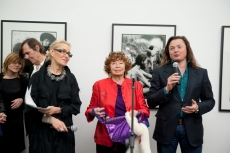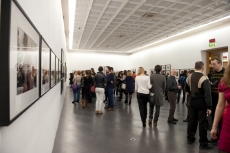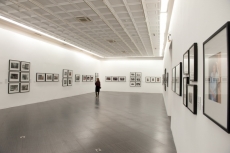Britain. 1973–2012
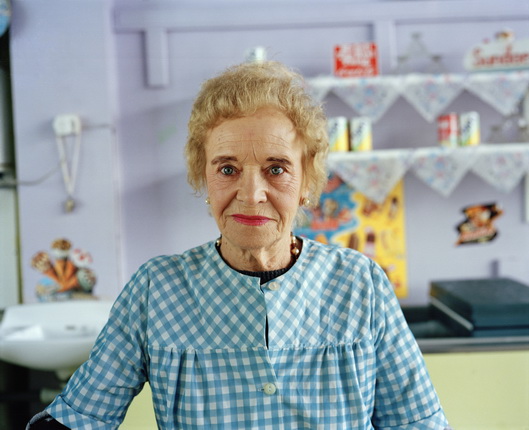
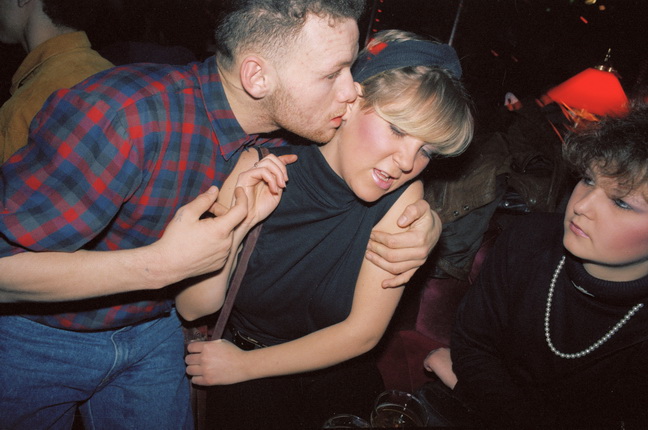
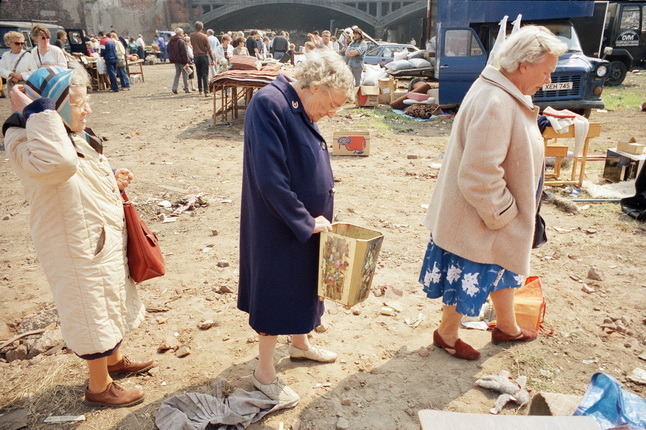
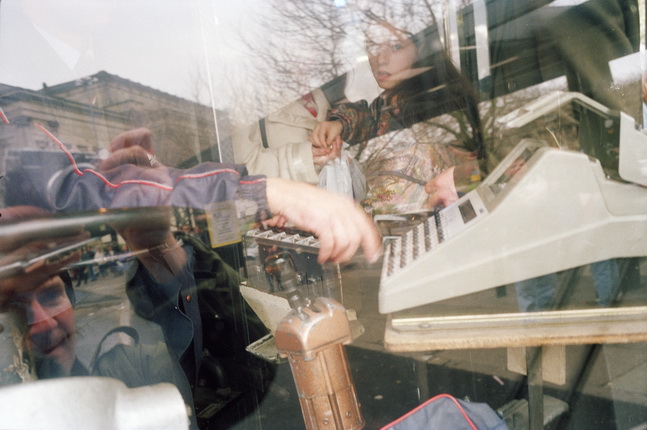

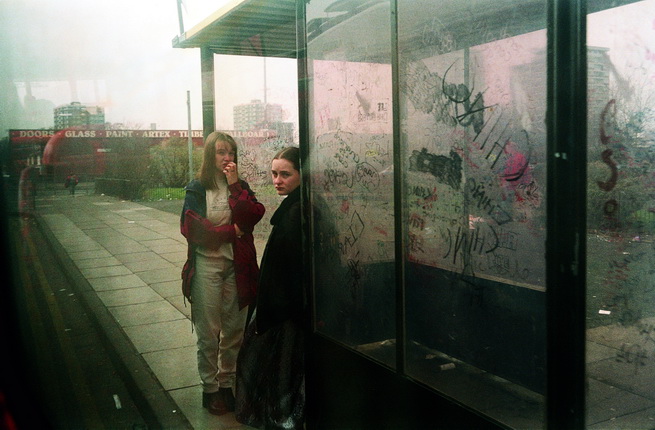
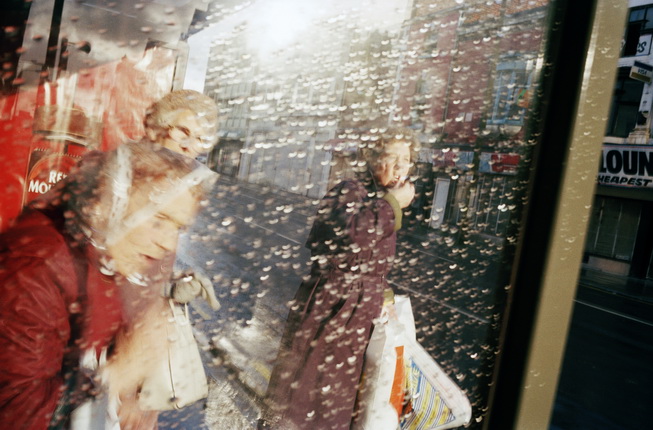
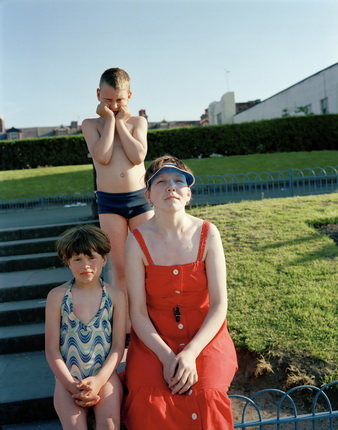
Tom Wood. Lady in Gingham, 1986. Courtesy of artist and Eric Franck Fine Art. © Tom Wood
Tom Wood. Chelsea reach nightclub, 1984. Courtesy of artist and Eric Franck Fine Art. © Tom Wood
Tom Wood. Three Wise Women, 1990. Courtesy of artist and Eric Franck Fine Art. © Tom Wood
Tom Wood. Gyratory, 1993. Courtesy of artist and Eric Franck Fine Art. © Tom Wood
Tom Wood. Pink top girl and chips, 1989. Courtesy of artist and Eric Franck Fine Art. © Tom Wood
Tom Wood. Kirkby, 1996. Courtesy of artist and Eric Franck Fine Art. © Tom Wood
Tom Wood. London Road, Liverpool, 1993. Courtesy of artist and Eric Franck Fine Art. © Tom Wood
Tom Wood. Pimple Trio, 1985. Courtesy of artist and Eric Franck Fine Art. © Tom Wood
Moscow, 15.03.2013—12.05.2013
exhibition is over
Ekaterina Cultural Foundation
21/5 Kuznetsky Most, porch 8, entrance from Bolshaya Lubyanka street (
opening hours: 11:00 - 20:00, day off - Monday.
Tel: +7 (495) 621-55-22
Share with friends
Curator: Olga Sviblova
For the press
It is easy to become quite good quite quickly,
but to create a real body of work is like pushing a rock up a hill.
Tom Wood
The exhibition by British photographer Tom Wood (b. 1951) covers some 40 years of his work and includes images from his most acclaimed series and albums — Men and Women, Looking for Love, Bus Odyssey, Photie Man and People. These photographs depict everyday street life in and around Liverpool in a style that can be defined as ‘loose, instinctive and dead-on’.
Wood studied in the art department of Leicester Polytechnic (from 1973 to 1976), but even then he was trying out different kinds of film for experimental movies. After turning to photography he often worked with both colour and black-and-white, buying cheap materials and printing in his downtown studios. Today you might think the images were beautifully faded, or processed by an Instagram filter.
From 1982 to 1985 Wood regularly took photographs at the Chelsea Reach nightclub in New Brighton, which resulted in Looking for Love, a series of studies on the theme of growing up. For 18 years he travelled on Liverpool buses, aiming his camera through the window, and the book Bus Odyssey was compiled from some 100,000 negatives. For a further three years, from 1993 to 1996, Wood photographed the Cammell Laird shipyard in Liverpool. One of the photographer’s biggest projects was created over a period of 20 years and had all the characteristics of a real-life urban epic — every Saturday he stood outside the Liverpool and Everton stadiums to take shots of football fans. Wood and his camera became such a regular sight in the city streets that he was dubbed the ‘photieman’. This became the title of Tom Wood’s best-known book, Photie man.
Wood has a huge body of work, but he was never in a hurry to exhibit his photographs or earn a living from them, and never sought fame. ‘I wanted to allow that time as a gestation period, each picture should be a discovery. It is about asking a question, you don’t know which are the great pictures just like that,’ he says. Yet even after so much time taking pictures Wood is keen to stress he is still learning about photography and how to convey his feelings through photographs.
The viewing public may find that Tom Wood’s images recall a series by another British ‘photo-anthropologist’ — Martin Parr’s The Last Resort: Photographs of New Brighton, exhibited at MAMM during the 2012 Photobiennale. But despite the coincidence in time and location, with the same littered streets and shabby interiors, Wood’s oeuvre never appears so bitterly acrimonious or satirical. This is not documentary photography (Wood himself is unwilling to be included in this genre and prefers to call himself a ‘realist’), but rather a photo encyclopaedia portraying the everyday life of the British working class in the finest detail.

